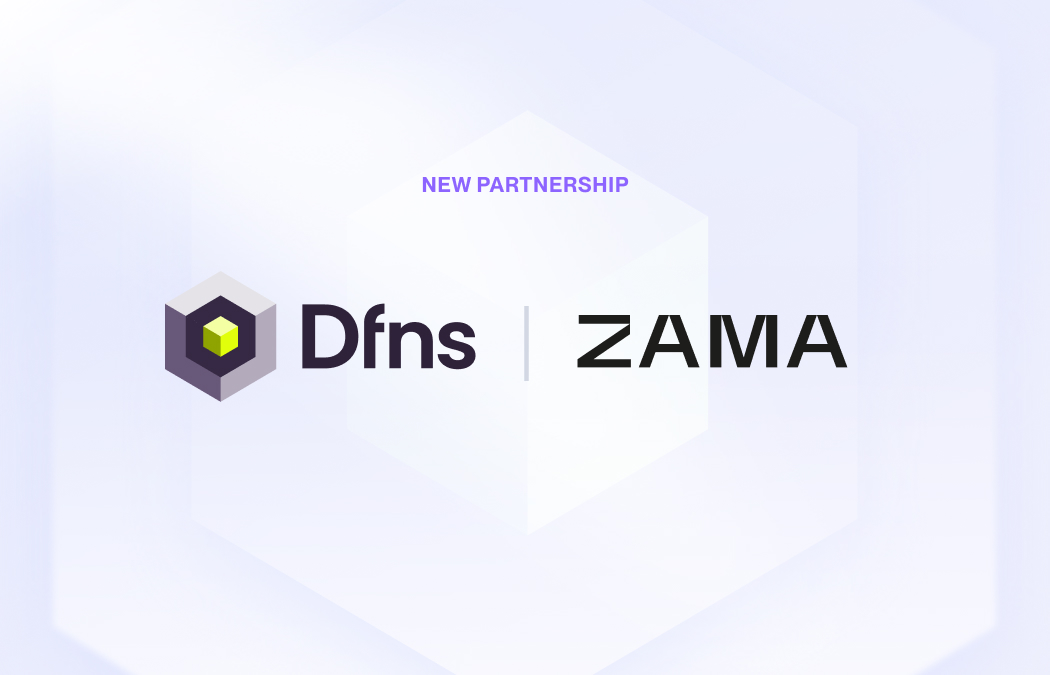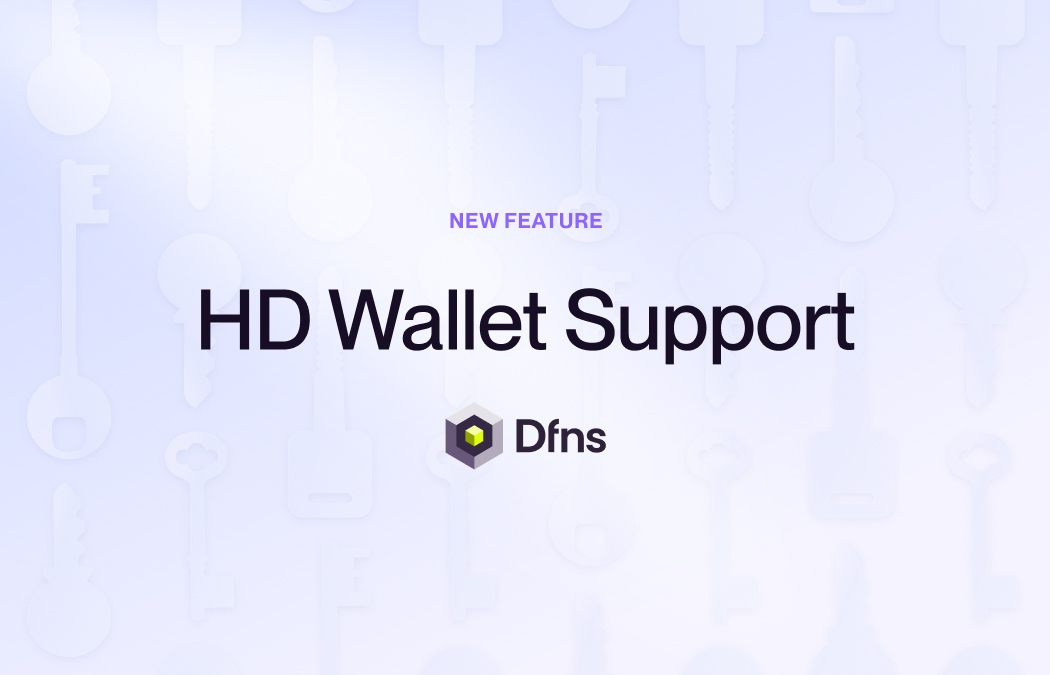.jpg)
Dfns joins Notabene's new payment network, Notabene Flow, as founding partner.
Stablecoins promised faster, cheaper payments, but in practice, they’ve barely touched the massive world of B2B transactions. The problem isn’t the assets themselves. It’s the missing rails. Onchain payments today are one-way transfers: fast, but lacking the coordination, trust, and compliance mechanisms that businesses need to operate at scale.
That gap is what Notabene announced today with Notabene Flow, a new standardized network that adds the trust and authorization layer stablecoins need to become true business-grade payment rails. By front-loading authorization, compliance, and verified counterparties, Notabene Flow makes stablecoins fit for invoicing, payment requests, and other enterprise workflows that have so far stayed locked in fiat.
The launch is backed by an ecosystem of partners already building on Notabene Flow, including Bitso, Borderless.xyz, Dfns, Gnosis, Monerium, Orbital, Portal, Walapay, Yellow Card, and Zodia Custody. Together, we’re shaping a shared framework for cross-border payments that can match the efficiency of digital assets with the reliability and safeguards enterprises expect.
In this post, we’ll explain why B2B payments need Notabene Flow, how the protocol works, and the role Dfns plays in securing the final on-chain settlement.
Why Notabene Flow and what it is
The global B2B payments market moves tens of trillions of dollars each year. Yet stablecoins make up only a tiny fraction of that. The reason isn’t the stablecoins themselves—they’re efficient. The real issue is missing infrastructure.
On-chain payments are “push only”: once sent, they can’t be reversed. They also lack the coordination, authorization, and invoicing tools businesses rely on. That’s why stablecoins are mostly used for simple transfers and not for the complex, high-trust workflows of B2B payments.
Notabene Flow solves this by building a shared trust framework—similar to how SWIFT standardized bank-to-bank payments in traditional finance.
- Standardized authorization: Instead of free-form instructions, Notabene Flow uses the Transaction Authorization Protocol (TAP) to let wallets, custodians, and providers coordinate with machine-readable messages.
- Verified counterparties: With LEI/GLEIF anchors, participants prove their legal identity. That makes counterparty checks auditable and deterministic.
- Open network: Notabene Flow doesn’t custody assets. It coordinates authorization across chains, assets, and jurisdictions—avoiding closed loops and one-off integrations.
- Compliance built-in: Using Notabene’s Travel Rule network, Notabene Flow validates metadata and counterparties before funds move, cutting false starts and manual checks.
- Incentives to adopt: Notabene Flow turns compliance into a growth engine, offering revenue-sharing and competitive fees to verified participants.
The result is fewer broken payments, fewer manual fixes, and much higher straight-through processing (>85% vs ~25% in SWIFT, per Notabene’s numbers). Notabene Flow brings stablecoins into the world of invoices, payment requests, and dispute resolution—finally making them practical for large-scale business payments.
How Notabene Flow orchestrates payments
Notabene Flow defines clear roles so every step of the payment is coordinated and compliant:
- Initiator: The merchant’s institution. Creates a secure Payment Link for the invoice and later provides the settlement address.
- Responder: The customer’s institution. Collects payer approval, chooses the asset, and executes the on-chain payment.
- Orchestrator: Notabene Flow itself. Acts as the hub—generates the Payment Link, notifies the right parties, and tracks status (AUTHORIZED, SETTLED, etc.).
- Engine: Platforms like Dfns. Provide the secure tech Initiators and Responders rely on to actually execute and sign on-chain payments.
Onboarding is lightweight: one API integration, no membership fee, and instant approval at notabene.id/flow. Teams can go from pilot to production without extra legal entities or complex agreements.
Dfns’ role as the secure onchain orchestration layer
Within Notabene Flow, Dfns handles the execution of on-chain transactions with enterprise-grade security. Our clients—like Zodia (as a Responder) or Walapay (as an Initiator)—use our platform to sign and orchestrate payments securely. Here’s how it works:
- Agent model: The client appoints Dfns as a technical agent for that specific Notabene Flow transaction.
- Transaction metadata only: Using a unique Notabene Flow ID, Dfns fetches just the non-PII transaction details (amount, asset, destination address). Sensitive customer data stays with the client.
- Policy enforcement: The request passes through our policy engine, enforcing quorum approvals and other internal controls before signing.
- MPC signing: Once approved, our MPC system securely signs and broadcasts the transaction.
- Confirmation loop: Our indexers detect blockchain confirmation and update Notabene Flow with the transaction hash.
Why Notabene Flow matters
Notabene Flow removes the biggest blockers to business-grade stablecoin payments: coordination, authorization, and trusted communication. Banks, PSPs, fintechs, and exchanges don’t want another closed loop. They need open, interoperable rails with compliance built in. Notabene Flow delivers that by combining TAP, LEI, and Travel Rule checks before funds move, reducing fragmentation, failed transactions, and brittle one-offs.
Dfns brings the secure execution layer. Together with the founding partners, we’re helping build a network effect around standardized, auditable payment authorizations, so institutions can spend less time wiring custom integrations and more time scaling stablecoin payments with the controls, resilience, and auditability they expect.
Contact us to learn more: sales@dfns.co







